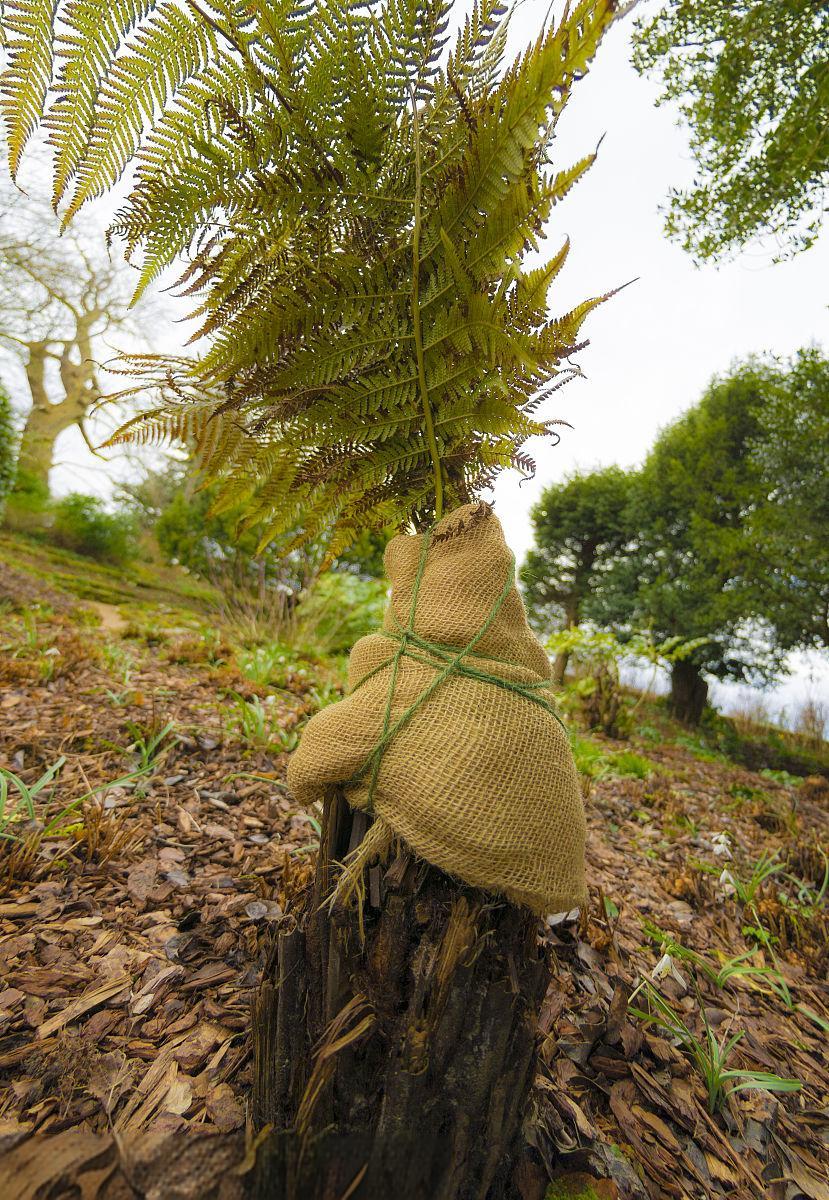- September 5, 2024
- Posted by: wellcoindustries
- Categories: Burlap, Erosion Control
Introduction
When winter approaches or extreme weather conditions threaten, gardeners often seek effective ways to protect their beloved plants. A popular material that has gained attention for plant protection is burlap. But is burlap good for covering plants? This article explores the benefits, uses, and best practices for using burlap in the garden, helping you decide if it’s the right choice for your gardening needs.

What is Burlap?
Burlap, also known as hessian, is a coarse woven fabric made from natural fibers, typically jute or hemp. Its unique properties—breathability, flexibility, and biodegradability—make it a versatile material widely used in gardening and landscaping. Gardeners appreciate burlap for its ability to protect plants while being environmentally friendly.
Benefits of Using Burlap for Covering Plants
Using burlap to cover plants offers several advantages:
- Protects from Frost and Harsh Weather: Burlap provides a barrier against cold winds, frost, and snow, making it ideal for shielding delicate plants during winter months.
- Shields from Sun and Wind Damage: In warmer climates, burlap can protect plants from scorching sun and drying winds, reducing stress on young or sensitive plants.
- Supports Moisture Retention: Its breathable fabric allows moisture to pass through while reducing evaporation, helping to maintain a stable moisture level in the soil.
- Environmentally Friendly and Biodegradable: Burlap is made from natural fibers that decompose over time, making it a sustainable choice compared to synthetic materials.
Best Uses for Burlap in the Garden
Burlap is highly versatile and can be used in various ways to benefit your garden:
- Frost Protection for Delicate Plants: Drape burlap over shrubs or small trees to prevent frost damage during cold snaps.
- Insulation for Newly Planted Trees: Wrap the trunks of young trees to protect them from sunscald and winter damage.
- Mulch or Erosion Control: Lay burlap on the ground as a mulch to suppress weeds or control erosion on slopes.
How to Use Burlap for Plant Protection
To maximize the benefits of burlap, follow these simple steps:
- Choose the Right Burlap: Opt for untreated, natural burlap to avoid chemicals that might harm your plants.
- Covering Technique: Loosely drape the burlap over the plant, ensuring it does not touch the leaves directly to prevent moisture buildup.
- Secure the Burlap: Use stakes, twine, or clips to secure the burlap in place, allowing enough room for air circulation.
- Monitor Regularly: Check the covered plants regularly to ensure they are not overheating or suffering from too much moisture.
Potential Drawbacks of Using Burlap
While burlap offers numerous benefits, there are some drawbacks to consider:
- Risk of Overheating in Warm Weather: Burlap can trap heat, potentially harming plants during warm days. It’s essential to remove or adjust the covering when temperatures rise.
- Limited Durability in Moist Conditions: Burlap can break down faster when exposed to constant moisture. To extend its life, store it properly when not in use.
Conclusion
So, is burlap good for covering plants? The answer is yes, but with some precautions. Burlap offers an effective and eco-friendly way to protect plants from frost, sun, and wind damage. By understanding its benefits and limitations, you can make the most of burlap in your garden. Consider using burlap for your next gardening project and enjoy a healthy, thriving garden all year round!
